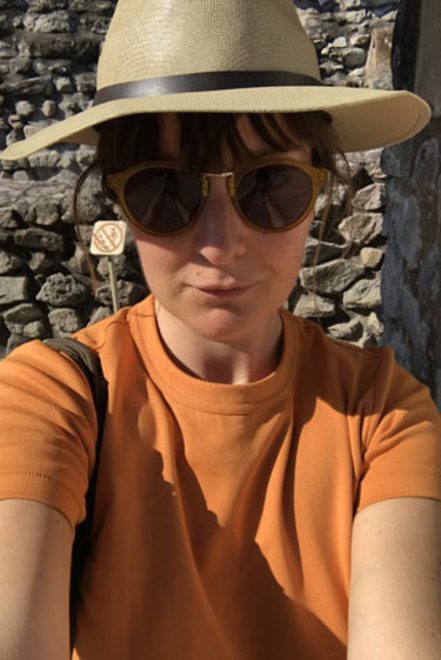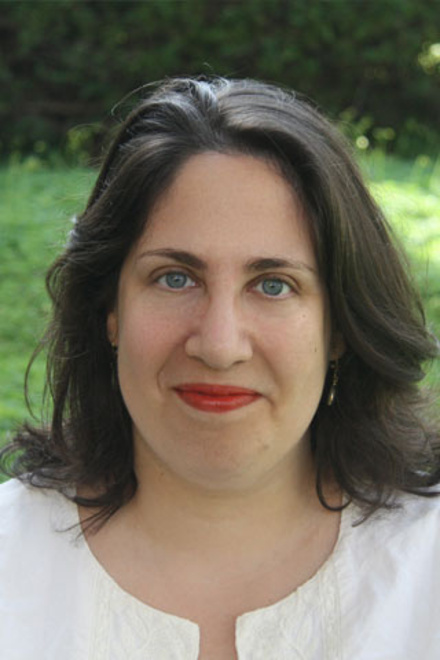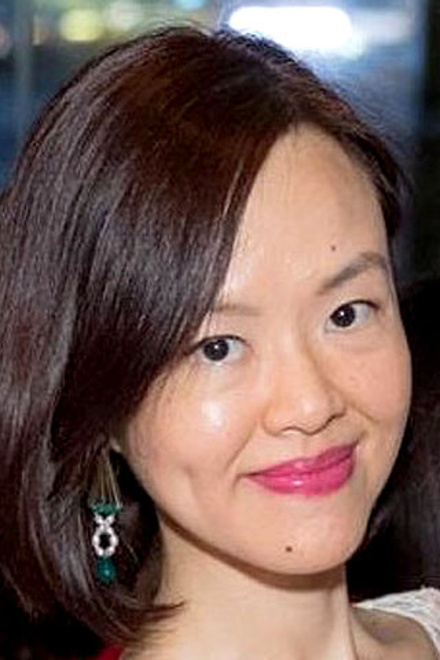Bard Graduate Center / American Museum of Natural History
Postdoctoral Fellow in Museum Anthropology
Hadley Jensen’s research addresses the intersections between art, anthropology, and material culture. She is currently Bard Graduate Center/AMNH Postdoctoral Fellow in Museum Anthropology, a three-year appointment at Bard Graduate Center and in the Anthropology Division at the Richard Gilder Graduate School of the American Museum of Natural History. Her dissertation, S
haped by the Camera: Navajo Weavers and the Photography of Making in the American Southwest, 1880-1945, examines the visual documentation of Navajo weaving through various modes and media of representation. She believes in the close examination of objects as an integral part of learning about their material qualities and methods of production, and she is particularly interested in advancing interdisciplinary methodologies to better understand processes of making. In addition, she has hands-on experience learning indigenous weaving and natural dyeing practices (Navajo and Zapotec), which has strengthened and enlivened her work as an academic researcher, curator, and teacher.
Jensen has developed her interests in museum anthropology, textiles, and ethnographic media in a variety of fellowship positions and research opportunities, including at the Smithsonian Institution’s National Anthropological Archives, National Museum of Natural History, de Young Museum, Otsego Institute for Native American Art History, University of Pennsylvania Museum of Archaeology and Anthropology, and the Autry Museum of the American West. Her work has also been supported by the Textile Society of America, The Center for Craft, and the Peter E. Palmquist Memorial Fund for Historical Photographic Research.
Project summary: Jensen’s postdoctoral project explores the effects of intercultural exchange and colonial encounter on the material worlds of Native North America, as expressed in and through textiles. Her research during the fellowship period (2018–2021) will draw upon the exceptional Southwestern textile collections at AMNH, specifically the historic Navajo blankets donated by Mrs. Russell Sage and J. Pierpont Morgan, as well as the US Hollister Collection. Although Navajo textiles will be the primary focus of the exhibition, these pieces will be contextualized by examples of Hopi, Chimayo, and Saltillo weavings in order to show regional variation in—and transmission of—materials, process, and technique. Building upon theories and methods in the anthropology of making, she is particularly interested in examining how craft processes are documented through museum collections, using the AMNH as a case study.
By exploring the various ways in which indigenous peoples in the American Southwest have contributed to their own histories and narratives regarding textile production, this project will also diverge from previous analytic strategies to focus on the ethnoaesthetics of Navajo textiles. As a result, the forthcoming exhibition will emphasize weaving as a cultural practice, a mode of spiritual engagement, and a system of indigenous knowledge production and transmission, in addition to its significance as an art form with a particular economic and institutional history of non-Native collection, display, and publication. Jensen’s research will culminate in a Focus Project exhibit and symposium in Spring 2021.





















